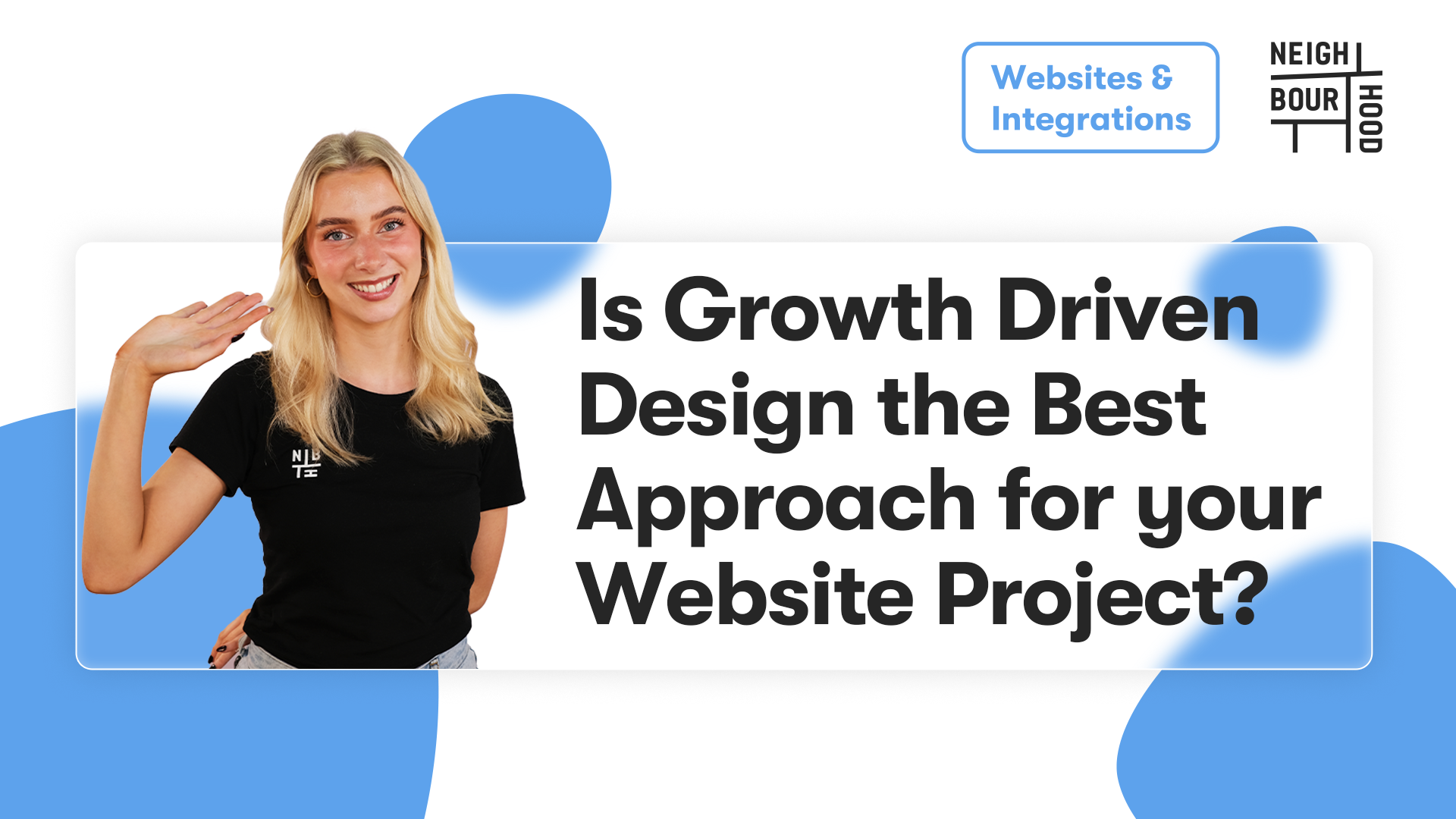Think back to that halloween party you went to when you were sixteen. Oh the mindless dramatics of a teenager - you just wanted to stand out in a costume that fit! Now that you've outgrown your tarty policeman pants, you've got more pressing differentiating matters to deal with - you want to differentiate yourself from other agencies with a website re-design strategy that's right for you! Look no further than Growth Driven Design to redesign your website, to gain faster time-to-value and higher increases in visitors, leads and customers than traditional methodologies.
So let's make sure the policeman's hat fits, and ensure your agency is right for GDD, so you aren't waking up with a sore head!
But hold up, let us first remind ourselves of what GDD is. GDD greatly reduces scope creep, launch time and budget by flipping your business model from project based to a recurring revenue model, through implementing strategy, launch pad and continuous improvement stages. Your company can benefit most from the Growth Driven Design approach if it meets the following criteria:
The more traffic your site has, the better - but GDD also works for low-traffic sites
As an approach to web design, GDD utilises data to inform decisions about copy, layout and design. The process is heavily iterative, essentially meaning that the more data you are able to collect (higher traffic), the more confidence you can have on the decisions being made, and the faster time-to-results.
But hey! If your website is low traffic, you can still benefit from GDD, it will just take you longer to interpret the data, and you may have a lower level of certainty about the decision-making capability of the data. In some cases, you wont be able to collect any data at all, and you'll need to base your decisions on heuristics or one-on-one user studies.
You're past the initial start-up traction stage of growth
If your company is just getting started and has a product still in development, then you can afford to be a bit more lax about your site design. You've got bigger fish to fry than to focus on growth - prioritise validating your product and making those first few clients happy!
But don't you forget about GDD. You'll meet again at a later stage, once you have a proven product in the market and your focus shifts to establishing your brand and boosting your company's growth.
Your company has a strong customer-centric focus and values customer input
Customer-centric companies understand the following things very well:
- That not every customer is an ideal customer
- Has very clear buyer persona definitions
- Wants to understand the issues of their buyer personas through research
- Designs products and services closely aligned with solving these problems
- Goes above and beyond to ensure that customers are delighted at every stage of the buyer's journey
Your firm has other stakeholders that can benefit from an iterative approach to the site
Increasing the volume of leads and improving lead quality are two of the most common goals at the top of a digital marketer's GDD to-do list. There are however other users of a website that are commonly overlooked. I'll let you in on a little secret, satisfying the needs of these other users is actually key to the overall success of a company. Crazy right? Some of the semi-snubbed significant users are:
1. Existing Clients
Many companies make the tragic mistake of assuming that once a client is on-boarded, all marketing ought to stop. But your website still has a role for those clients sticking around - especially around telling the story of how your company can help throughout the entire lifecycle. Your storytelling skills will be critical to your companies success in up-selling other services and expanding its relationships with ideal clients.
2. Employee Candidates
Recruiting awesome employees is a key strategic objective in most organisations. A poor performing website that doesn't reflect the organisation favourably can seriously affect the company's ability to recruit top talent.
Also, say that one of the primary organisational objectives of your company was to attract new talent, you could be real sneaky-sneaky with GDD by applying it to understanding candidate user behaviour and making data-informed decisions and improvements to the careers section of the site.
3. Industry Analysts
If you're a software company, your website greatly influences the perception of industry analysts and will often help them build an opinion about how your solution approaches solving a problem.
4. Investors
If your company is public, investors will have a particular set of interests and motivations that can persuade them into investing. Having an area of the site specifically for investor relations, where common and repetitive questions investors have, are answered, will be imperative to your strategy.
5. Channel Partners
These users have a different set of needs on your site. Providing information about the program, presenting training material and resources is critical for their understanding.
How'd you shape up? If you think you think GDD sounds like a one way ticket to easy street based on how solid your foundation is, then you're well on your way to improving the customer's experience across all website-based touch points, and one step closer to enjoying all of the benefits that come with a growth driven design strategy.



